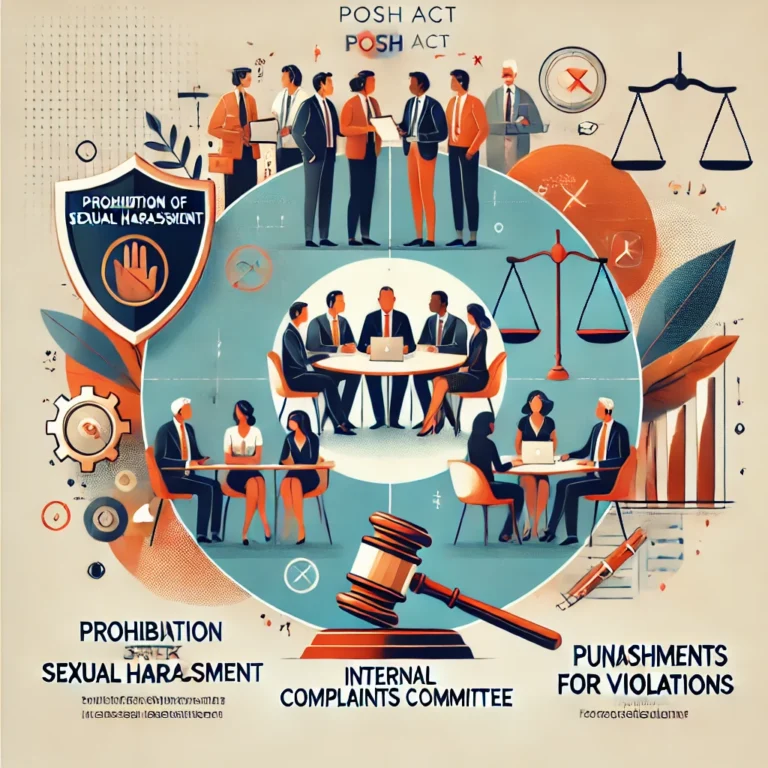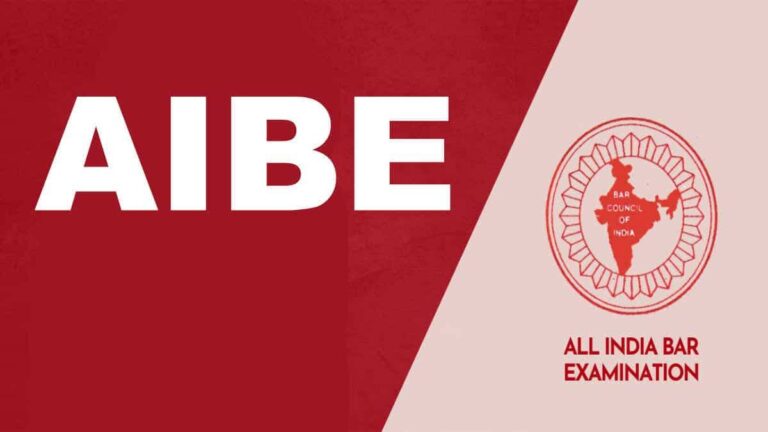
This article has been written by Tadepalli Aditya Kamal pursuing 3rd year BBA LLB at KLE Law College, Bengaluru.

Bench: Deepal Mishra and Prafulla Pant
Judgement By: Deepak Mishra
CRIMINAL APPEAL NO. 781 OF 2012
Introduction
“The present is a case where the accused persons are serving in high positions in the bank. The position per se does not matter, for nobody is above law. But, the learned Magistrate should take note of the allegations in entirety, the date of incident and whether any cognizable case is remotely made out. It is also to be noted that when a borrower of the financial institution covered under the SARFAESI Act, invokes the jurisdiction under Section 156(3) Cr.P.C. and also there is a separate procedure under the Recovery of Debts due to Banks and Financial Institutions Act, 1993, an attitude of more care, caution and circumspection has to be adhered to.”
Howdy, you all! Welcome to your page of knowledge. You will find different legal blogs, the latest news, current affairs, and many more on this channel. This is the initiative to develop the knowledge of the law in the world, especially for you.
Case Facts:
Prakash Bajaj, son of Pradeep Bajaj, obtained a housing loan from Punjab National Bank Housing Finance Ltd (PNBHFL) on January 21, 2001, jointly with his wife, Jyotsna. They defaulted on the loan, leading to it being classified as a Non-Performing Asset (NPA). PNBHFL initiated proceedings under Section 13(2) of the SARFAESI Act, 2002, and subsequently filed an application before the District Magistrate of Varanasi under Section 13(4) of the Act. Despite opposition, the High Court rejected the respondent’s challenge, prompting Prakash Bajaj to take matters into his own hands. He filed a criminal complaint under Section 200 of the CrPC against Sahay, Sandesh Tiwari, and VK Khanna, alleging offenses under Sections 163, 193, and 506 of the IPC. However, the magistrate, after due consideration and witness examination, dismissed the complaint. Undeterred, Prakash Bajaj pursued the matter further by filing a revision petition before the Additional Sessions Judge. The judge, upon review, overturned the previous order and directed the trial court to reconsider the complaint based on its merits.
Summons were issued to the three accused individuals, who subsequently sought relief from the High Court under Section 482 of the CrPC. The High Court granted their application, leading to the quashing of the criminal complaint case pending in the Additional Chief Judicial Magistrate’s court. Meanwhile, the borrowers raised an objection under Section 13(3A) of the SARFAESI Act, which was rejected. They then filed a Securitization Appeal before the Debt Recovery Appellate Tribunal in Allahabad, which was also dismissed, leading to an appeal before the DRAT. In addition to these legal actions, the respondent filed another application under Section 156(3) of the CrPC against the accused, alleging criminal conspiracy and document forgery. Another application was filed, claiming undervaluation of property, resulting in the registration of an FIR against the accused individuals.
During this period, the respondent attempted to reach a one-time settlement with the officials, which was agreed upon, and a sum of Rs 15 Lakhs was deposited. Regarding the appeal filed before the DRAT, an order was issued stating that since a settlement had been reached worth Rs 15 Lakhs, the appellant’s grievance was that the bank should return the deed, as it had not been returned yet.
It’s crucial to highlight that no notice was issued to the accused individuals in this case, which is a significant factor to consider. This omission is emphasized in the ruling of Muljhibhai Kakadia & Anr v Shaileshbhai Patel[1], where it was established that while accused individuals are not entitled to be heard until the issuance of process under Section 204, Parliament has recognized the importance of ensuring the accused have an opportunity to be heard before any order is made to their prejudice under Section 401(2) of the Code of Criminal Procedure.
“SC observed that in a revision petition preferred by the complainant before the High Court or the Sessions Judge challenging an order of the Magistrate dismissing the complaint under Section 203 of the Code at the stage under Section 200 or after following the process contemplated under Section 202 of the Code, the accused or a person who is suspected to have committed the crime is entitled to hearing by the Revisional Court. This simply shows that a borrower with vengeance could ultimately exhibit his high handedness.”
Arguments of Appellant and Respondent:
The respondent bank had an obligation to return the title deed once the full settlement amount was paid, which they failed to do. The bank argued that the settlement was conditional upon the appellant withdrawing the criminal case filed against them. The appellant’s counsel stated that they were willing to withdraw the criminal case, but insisted that the title deed must be returned. The court ordered the respondent bank to return the title deed to the appellant within seven days. Following this, the appellant would file an application to withdraw the pending criminal case before the Chief Judicial Magistrate in Varanasi.
It seems that the respondent No.3 persistently misused the legal process. They filed an application under Section 156(3) of the Cr.P.C. before the Additional Chief Judicial Magistrate on October 30, 2011, against the present appellants. However, no FIR was registered, and consequently, no cases were initiated at the police station.
The Additional CJM noted that the applicant claimed to have provided three postdated cheques to the financial institution for payment, but despite this, no payments were made from the loan account. The opposing parties allegedly conspired to withhold the cheques deliberately, aiming to seize the applicant’s valuable property. Additionally, a petition was allegedly filed before the District Collector (Finance & Revenue) in Varanasi under false pretenses and fabricated grounds, constituting a cognizable offense. Based on these observations, the Additional CJM deemed it necessary to investigate the matter, as it appeared that a cognizable offense had been committed under criminal conspiracy.
The FIR was registered for offenses punishable under Sections 465, 467, and 471 of the IPC. The appellants appealed to the High Court, which declined to interfere in the matter. Consequently, they filed an appeal as an SLP. The counsel representing the state of Uttar Pradesh argued that the investigating agency had already submitted the final report, stating that the complainant had not cooperated despite repeated summonses. They asserted that the actions of Smt. Priyanka Srivastava were undertaken in good faith and were protected under Section 32 of the SARFAESI Act, 2002. According to the investigations, the case was concluded. Ajay Kumar, counsel for the appellants, argued that the magistrate has the option to reject the final report under Section 190 of the Cr.P.C. and proceed against the appellants, or issue a notice to the complainant. The complainant would then be entitled to file a protest petition, after which the matter could proceed. Therefore, Kumar urged the court to address the matter on its merits and quash the proceedings.
The Supreme Court noted that the established legal remedies were intentionally avoided, and instead, the prosecution route was chosen to intimidate individual authorities into agreeing to a one-time settlement that the financial institution might not have otherwise accepted. Additionally, despite agreeing to withdraw the complaint, no action was taken to demonstrate good faith. The Magistrate, without proper consideration, ordered the registration of an FIR for the offenses mentioned in the application under Section 156(3) of the Cr.P.C.
In the case of Anil Kumar v MK Aiyyappa[2], the Hon’ble Court held that, “The scope of Section 156(3) CrPC came up for consideration before the Court in several cases. The Court in Maksud Saiyed [(2008) 5 SCC 668] examined the requirement of the application of mind by the Magistrate before exercising jurisdiction under Section 156(3) and held that where jurisdiction is exercised on a complaint filed in terms of Section 156(3) or Section 200 CrPC, the Magistrate is required to apply his mind, in such a case, the Special Judge/Magistrate cannot refer the matter under Section 156(3) against a public servant without a valid sanction order. The application of mind by the Magistrate should be reflected in the order.”
In the case of Dilawar Singh v State of Delhi[3], the Court held that, “Even if a Magistrate does not say in so many words while directing investigation under Section 156(3) of the Code that an FIR should be registered, it is the duty of the officer in charge of the police station to register the FIR regarding the cognizable offence disclosed by the complainant because that police officer could take further steps contemplated in Chapter XII of the Code only thereafter.”
Observations of the Case:
If upon reviewing the complaint, the Magistrate determines that it reveals a valid offense and forwarding it to the police for investigation under Section 156(3) would serve justice and save the Magistrate’s time from probing a matter primarily the responsibility of the police, then such action is justified instead of directly taking cognizance of the offense. However, once the Magistrate takes cognizance and initiates proceedings under Chapter XV, they cannot revert to the pre-cognizance stage and use Section 156(3). It’s clearly stated that FIR registration is mandatory, with each FIR assigned a unique annual number for precise tracking by superior police officers and the relevant court. In this particular case, the accused hold high positions in a bank. Regardless of their positions, they’re subject to the law. The magistrate should carefully consider the allegations, the incident’s date, and whether a cognizable case is evident. Moreover, when a borrower under the SARFAESI Act seeks relief under Section 156(3) of the Cr.P.C. and there’s a separate process under the Recovery of Debts due to Banks and Financial Institutions Act, 1993, extra caution is necessary. Such caution is essential to deter dishonest litigants like Prakash Kumar Bajaj from manipulating the legal system to undermine financial institutions.
Conclusion:
In the current scenario, applicants seeking invocation of the Magistrate’s jurisdiction under Section 156(3) of Cr.P.C. must submit a sworn affidavit. The Magistrate should diligently verify the truthfulness of the allegations mentioned in the affidavit. Requiring an affidavit can instill a sense of responsibility in the applicant and discourage frivolous applications aimed at harassing individuals. It’s concerning when individuals attempt to settle personal scores by targeting those who issue orders under statutory provisions, which can be challenged through appropriate legal channels. Applicants must first utilize Sections 154(1) and 154(3) before resorting to Section 156(3), clearly outlining both aspects in their application and providing necessary supporting documents. Requiring affidavits ensures that applicants are aware of the consequences of making false statements. If an affidavit is found to be false, the applicant can face prosecution. This serves as a deterrent against misusing the Magistrate’s authority under Section 156(3). Additionally, Section 32 of the SARFAESI Act offers protection to secured creditors or their officers acting in good faith. It’s crucial to uphold the legislative intent behind this provision.
The High Court’s order was set aside, and the registration of the FIR was quashed.
[1] Muljhibhai Kakadia & Anr. v. Shaileshbhai Patel (2012) 10 SCC 517.
[2] Anil Kumar v MK Aiyyappa (2013) 10 SCC 705.
[3] Dilawar Singh v State of Delhi (2007) 12 SCC 496.






